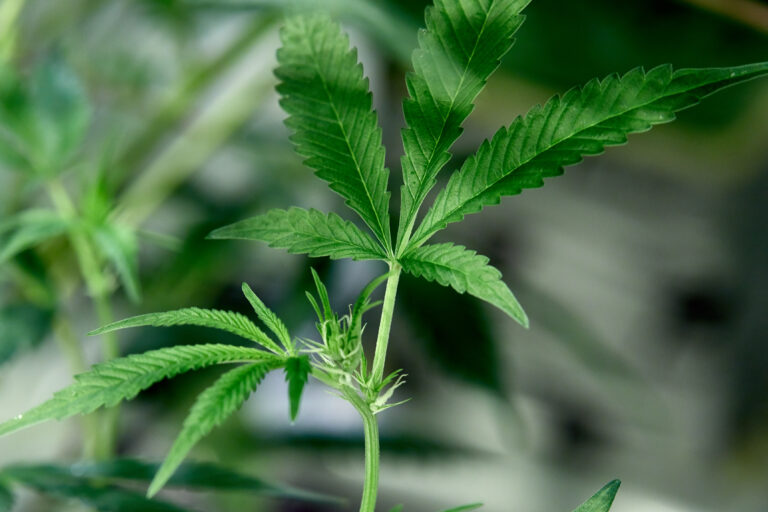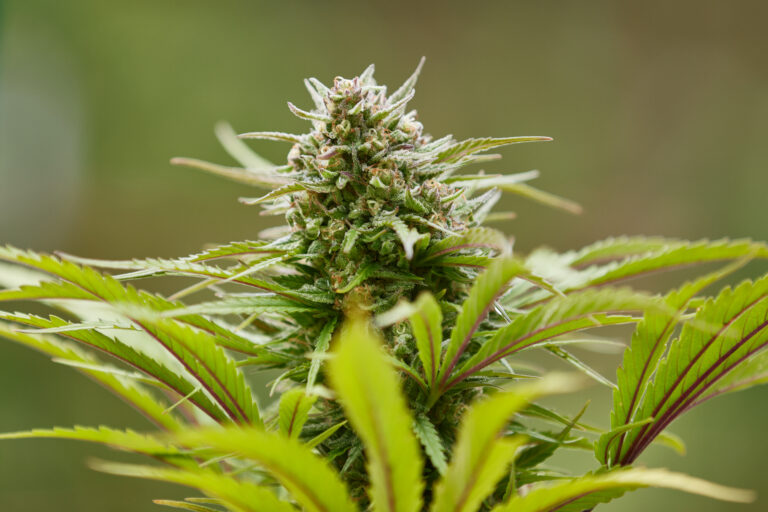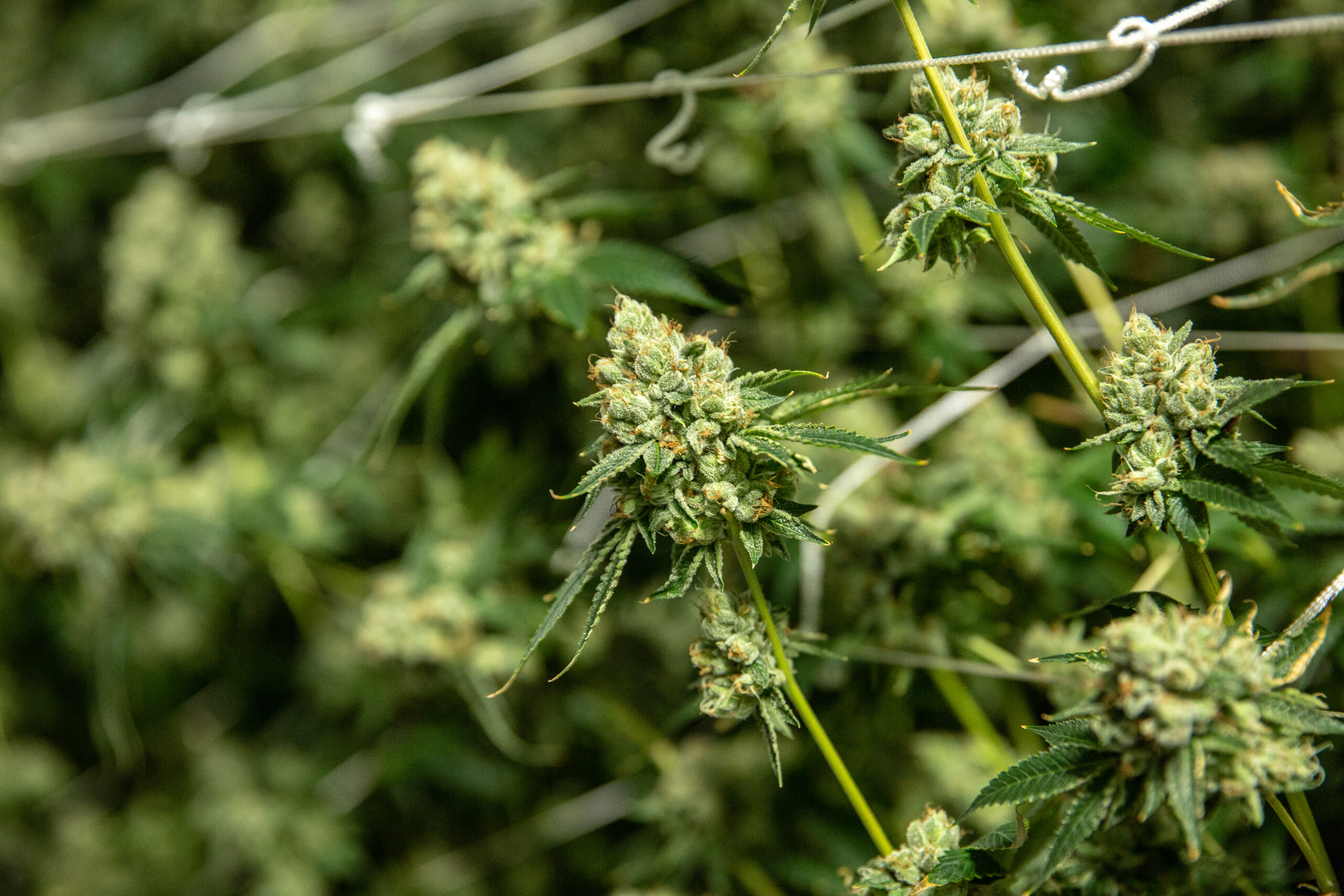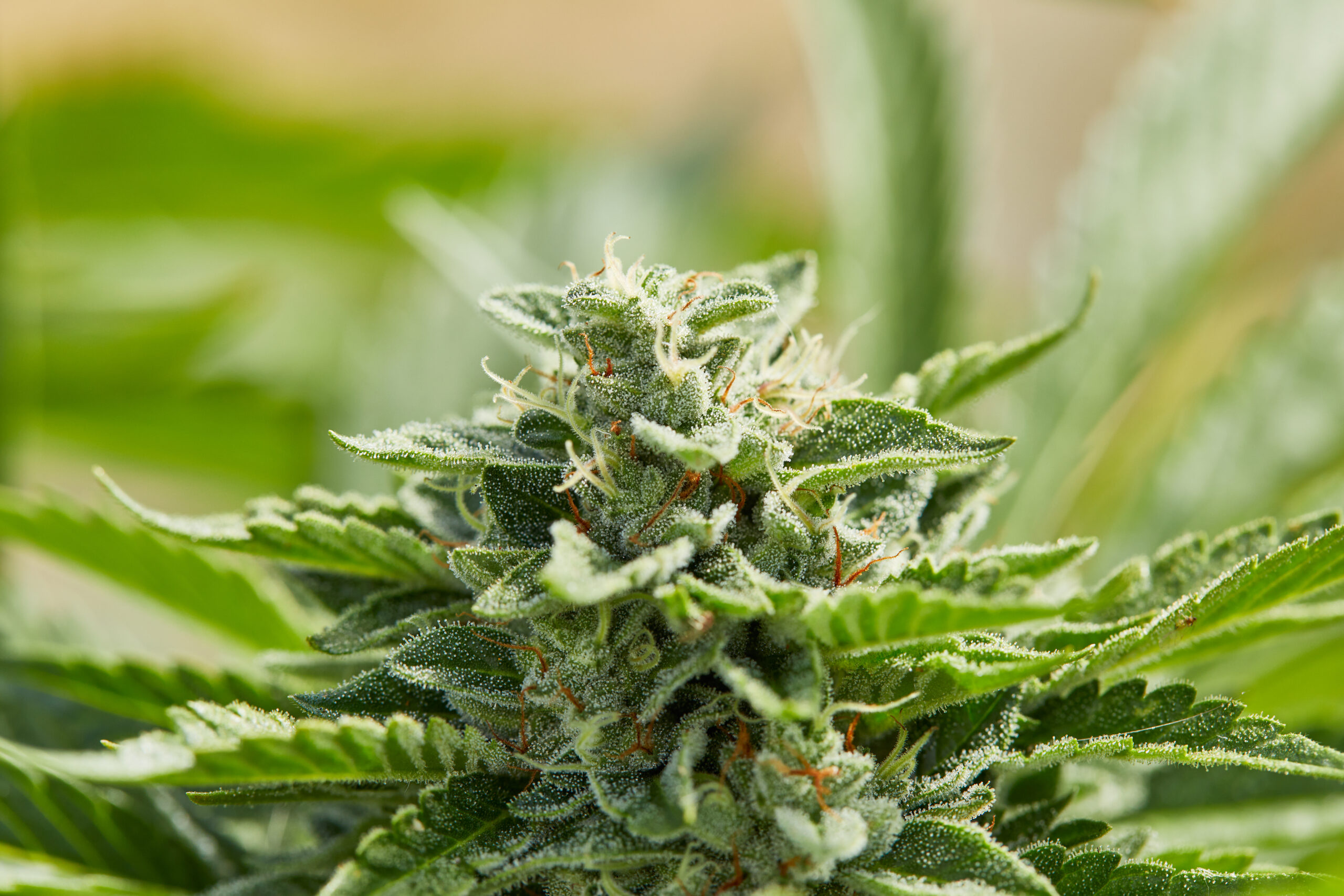Are you thinking about growing your own cannabis? New to being a plant parent? Wondering when you should plant your cannabis seedlings outdoors? Let's talk about what “weed season” means in the US and how you can time your outdoor grow to get the best results from your cannabis plants.
What is weed season?
Weed season is an affectionate term for the eagerly awaited outdoor cannabis growing season, a period that touches our spring, summer, and fall seasons.
In the Northern Hemisphere, weed growing season can kick off as early as April, when gardeners and farmers might start seedlings indoors. Cannabis plants typically flower in late summer through fall, and the season can run as late as mid-November in warmer climates, where some cultivars take a long and luxurious time maturing their buds.
Why do growers plant and harvest cannabis at specific times of the year?
Like any farmer or gardener, cannabis farmers and gardeners typically get their plants in the ground as soon as the weather is warm and the days are long enough. This, of course, varies by region. Outdoor farmers in California generally enjoy warmer growing seasons and can plant earlier while also harvesting later than, say, New York, where the growing season is shorter on both ends. Regardless of where you're growing, the main goal is to time planting for maximum light during the summer and maximum growth before fall sets in.
For photoperiod plants, timing is everything. Photoperiod cannabis plants take their cue from Mother Nature — or, more specifically, the number of uninterrupted hours of darkness — to start flowering. As fall sets in and hours of darkness hit twelve per night, the plant will be triggered into its flowering stage.
 Photo by: Gina Coleman/Weedmaps
Photo by: Gina Coleman/WeedmapsImage lightbox

There are also cannabis plants that aren't light-sensitive, called autoflower varieties, that will automatically flower on their own at a particular point of their maturity, independent of how much light they're getting. These plants tend to have much shorter life cycles, which appeals to some gardeners. Harvesting happens when the plant's flowers have fattened up before the frigid weather, typically by mid to late fall.
“It's all about the temperature,” shared Max Majot, Royal Queen Seeds' grow master, who possesses extensive knowledge of outdoor cannabis cultivation. He explained, “There are regions like California in the US or Spain, Italy, and Greece in Europe where the growing season is significantly longer than in colder areas, despite having similar hours of sunlight … the cold and rains in autumn can be detrimental, leading to bud rot. That's why some varieties have adapted to shorter summers, completing their maturation earlier than others. This phenomenon is becoming increasingly evident with climate change, as you may hear about forests gradually moving northward.”
Phases of growth and timing for outdoor growers
Growers see the importance of timing in the plant's stages of growth and development since outdoor growers try to map out the growing season to find the sweet spot for optimal plant development.
Early spring: germination stage
If you're growing from seed, the first step in the life of your cannabis plant is germination. Once the seed has sprouted, it will immediately grow two little round leaves, called cotyledon leaves, responsible for delivering energy to the seedling until it starts to grow the more familiar fan leaves we all know and love.
 Photo by: Gina Coleman/Weedmaps
Photo by: Gina Coleman/WeedmapsImage lightbox

Regarding timing when to sprout cannabis seeds, a general rule of thumb is on or around the Spring Equinox. If you're not growing from seed but instead buying clones, they'll already be in the seedling stage when you get them, so you don't have to worry about germination.
Spring to early summer: seedling stage
Seedlings are baby plants. Whether you've sprouted your seed or bought a clone, the plants are delicate and sensitive during this first stage of life. Folks in cooler climates often start plants indoors to keep them safe and warm, waiting to plant outdoors until they're somewhere between six inches and a foot tall and strong enough to handle the environment outside. Even in warm climates, many growers start their plants indoors to give them a leg up since seedlings are susceptible to pests, disease, and mold.
 Photo by: Gina Coleman/Weedmaps
Photo by: Gina Coleman/WeedmapsImage lightbox

In cooler climates, growers should wait to put plants in the ground until there is no danger of overnight frost and plenty of sunshine. Bill Cook, master grower at Kanna-Wise said, “A heavy freeze is killin' your trees.” An old gardener's rule of thumb is to move plants outside after Mother's Day, and they should be outside and/or in the ground by the Summer Solstice.
Of course, you could always grow your plants in pots or containers. Lots of outdoor growers elect to use pots and other containers, and they offer the added benefit of being able to bring the plants out during the day and inside if nights tend to be cold.
Summer to early fall: vegetative stage
The vegetative stage is when the plant's growth will take off. It will grow more foliage for several weeks, reaching ever upwards to that glorious summer sun. During this phase, growers might consider topping and training their plants to encourage outward growth. This provides a more even light distribution to the leaves while also managing overall plant height. As the plant develops large root systems, more water will be needed, and additional nutrients like nitrogen are beneficial as the plant matures.
 Photo by: Gina Coleman/Weedmaps
Photo by: Gina Coleman/WeedmapsImage lightbox

If you aren't working with exclusively female plants, you'll need to eliminate the males before they can pollinate the females and wreck your harvest. “Even feminized seeds can have up to 10% males in the mix, so it's important to inspect your plants daily as they start to show their sex. Also important to note is that a stressed female plant can produce male branches or 'hermaphrodites,' so even if you know she's a girl, you must check daily,” advised Sara Rotman, a veteran grower and founder of Wellfounded Botanicals.
A photoperiod plant will continue to live its best vegetative life until the light-to-dark ratio starts to tip in favor of darkness. When photoperiod plants get 12 hours of darkness, they will move into their final phase — and perhaps the most exciting for growers — the flowering stage.
Fall: flowering stage
For the final stage of a female cannabis plant's life, most of its energy will be put into producing flowers.
 Photo by: Gina Coleman/Weedmaps
Photo by: Gina Coleman/WeedmapsImage lightbox

The flowering stage happens in three phases:
- Flower initiation: You'll see white, hairy pistils developing, hinting at the buds to come. The plant will continue to grow, but growth will start to slow down.
- Mid-flowering: You will see the buds take shape, and the plant will stop growing.
- Late-flowering/ripening: The flowers will fatten up, becoming sticky and covered in trichomes. When the pistils turn white to brown, you can start thinking about harvesting.
As the flowers fatten up, they might become too heavy for the branches to handle, and growers often help their plants with a trellis, bamboo canes, or another form of support. Extra nutrients like phosphorus are often given during the flowering stage.
Mid-to-late fall: harvest season
Timing the harvest is an art form in and of itself, though the general rule of thumb is on or around the Fall Equinox. Aside from brown pistils, a close inspection of the trichomes is helpful.
 Photo by: Gina Coleman/Weedmaps
Photo by: Gina Coleman/WeedmapsImage lightbox

Generally, growers look for trichomes that have an amber hue. When the plant is ready to harvest, you'll also see the fan leaves starting to yellow, curl, and dry out.
Tips for your outdoor grow
If it's your first time growing, consider these tips to help you reach an abundant harvest:
Use a grow journal
Tracking the details of your grow efforts, from germination to final cure, may help you become a better cannabis plant parent. When it's time for a new season, reviewing the successes and failures from the last crop will make your thumb greener, not to mention improve the quality and quantity of your final harvest. There are lots of ready-made cannabis grow journals out there, but really, all you need is a pad of paper and an eye for detail.
Choose a strain for your region or microclimate
Some strains do better in some climates than others, and strain genetics will greatly impact the growing season. In the northern half of the US, where the season is cooler and shorter, growers might want to grow indica-dominant strains, whereas sativas will do well in the hot and humid southern states with longer growing seasons.
Type of soil, rain volume, and sun versus shade abundance are other variables to consider in your microclimate when choosing a strain.
Plant companions
“Plant beneficial companion plants like marigolds, basil, lemon balm, or lavender. Not only do they invite pollinator insects into your garden, but they also invite beneficial insects like ladybugs and lacewings, which will prey on cannabis pests like aphids,” recommended Natalie Cox, a horticulturist and cannabis educator in Canada.
Keep learning
There is a lot to learn from your budding relationship with cannabis. There are also generations of growers who have shared their experiences, both online and in books.
Bottom line
When it comes to cannabis, knowledge plus experience equals wisdom. Weerdmaps has a whole library dedicated to the plant for you to peruse. Luke Fletcher of Fletcher Farms Hemp Company added, “Talk to other growers and farmers in your region. You aren't going to find all the answers on the internet. Good 'ole fashion learning from others is a super valuable asset.”




